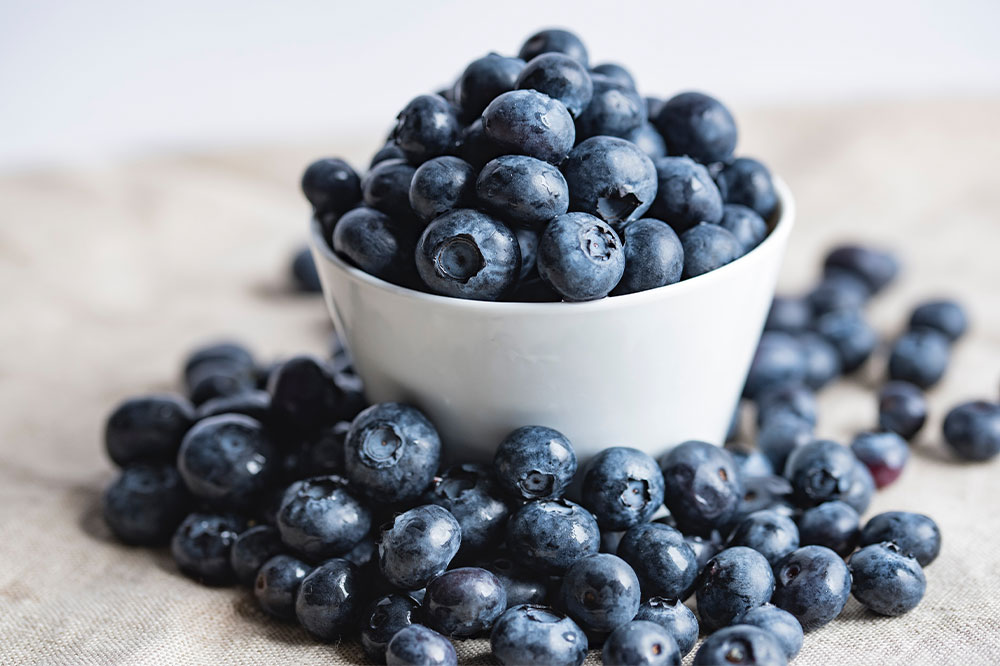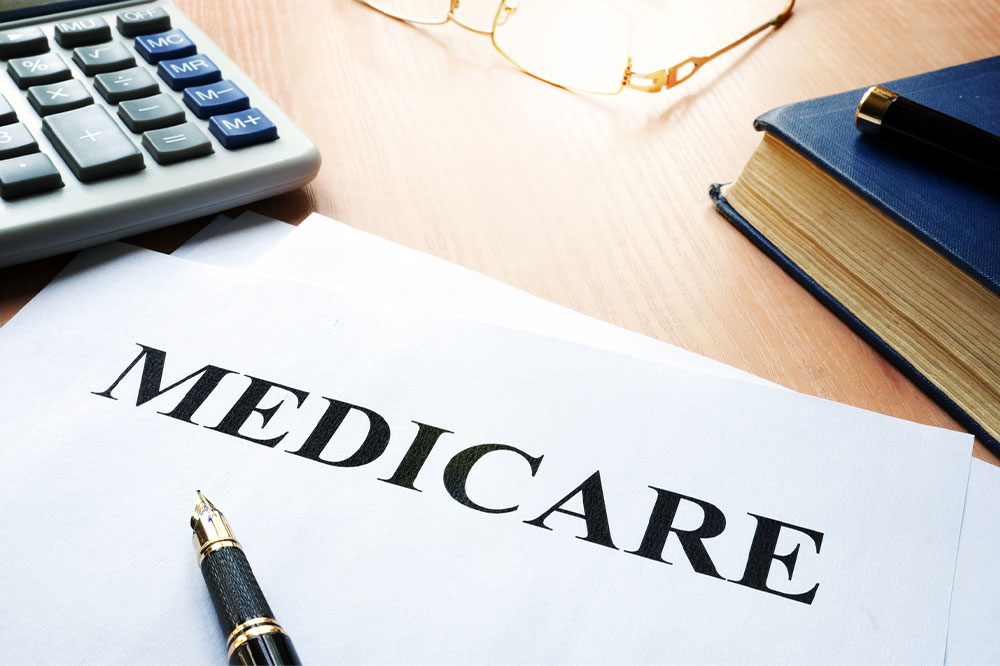
5 foods that help manage heartburn
Heartburn is a condition in which your esophagus is irritated and causes discomfort to the body. This discomfort is caused due to stomach acid that is pushed up through the esophagus. Causes can include spicy food, alcohol, overeating, or even tight clothing that presses down your stomach and chest. There could be other underlying causes, and a doctor can confirm those. Here are some foods that are safe to consume if you experience heartburn frequently. Ginger This medicinal herb is known for its tremendous home remedy qualities. It is known to absorb stomach acid and improve digestive health. Ginger helps regulate the uninterrupted flow of juices in the gastrointestinal tract, making the digestive process smooth and easy. This also helps in keeping digestion fast. Oatmeal Rich in fiber, oatmeal is a great choice for those dealing with heartburn. Due to its rich fiber content, it prevents you from overeating and has the ability to absorb stomach acid, which can prevent any episodes of burning ache. Oatmeal also helps in healthy bacterial growth in the stomach and is known to reduce inflammation which can help manage symptoms of heartburn. Aloe vera Aloe vera juice is easily available in the market and stores now.
Read More 










